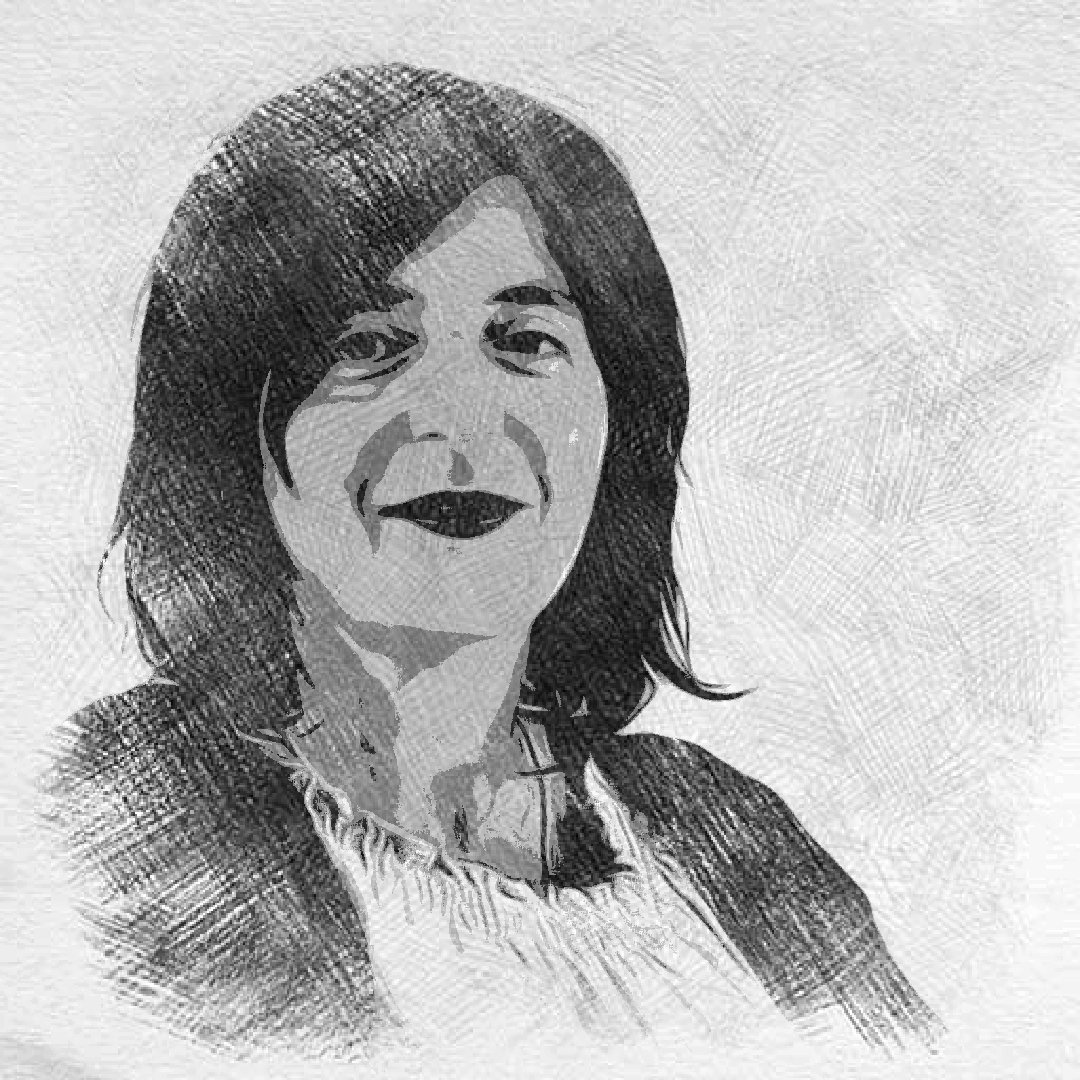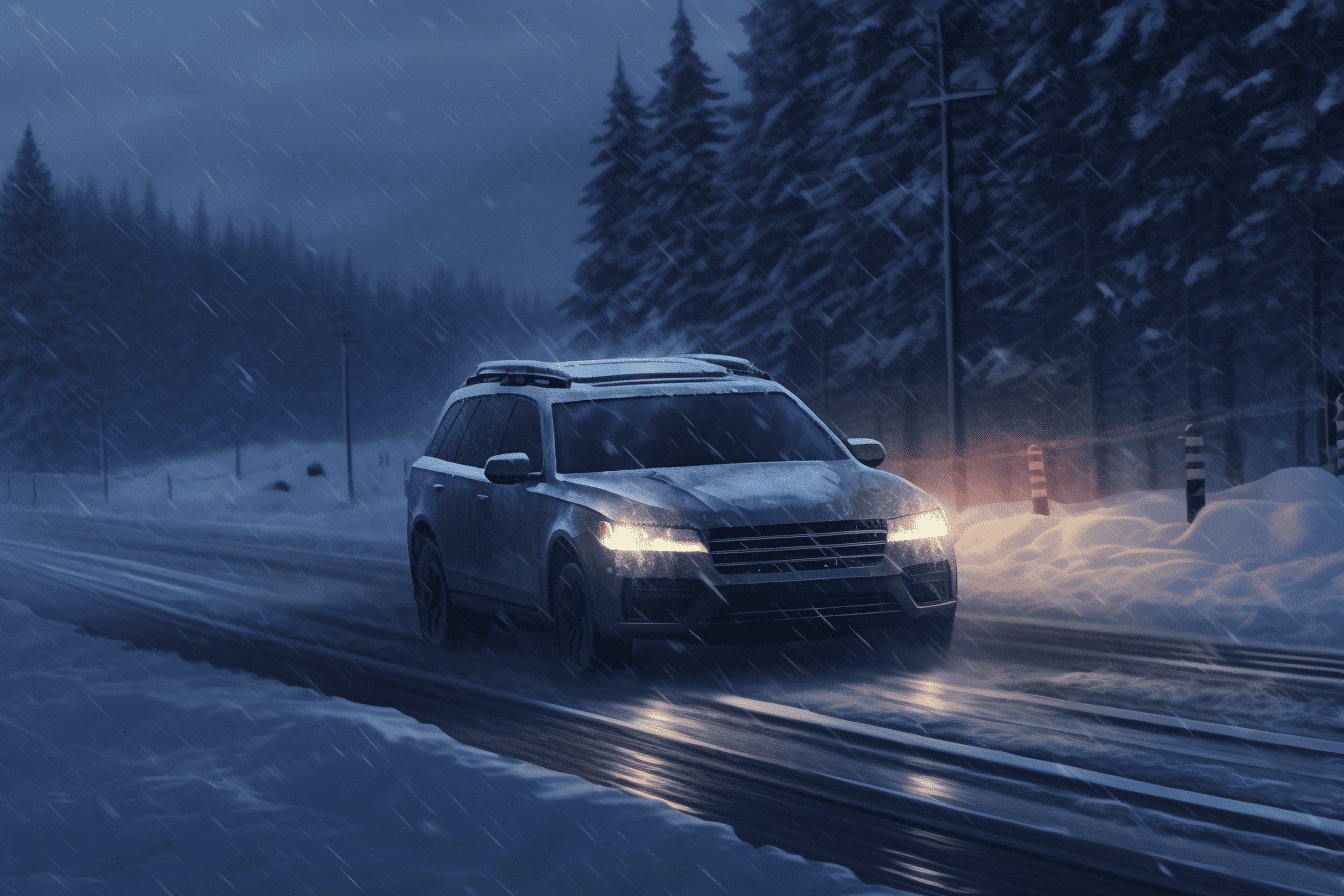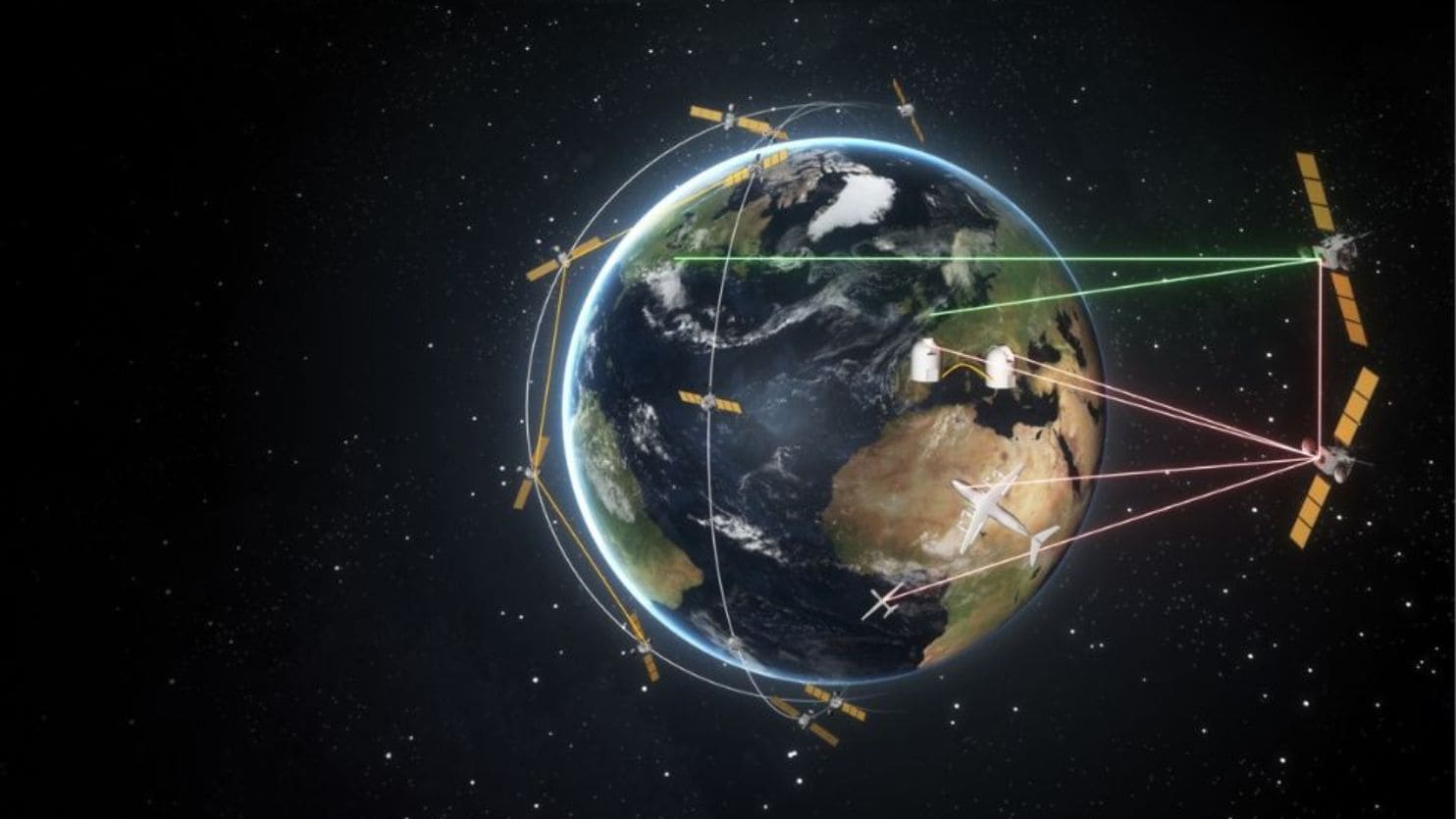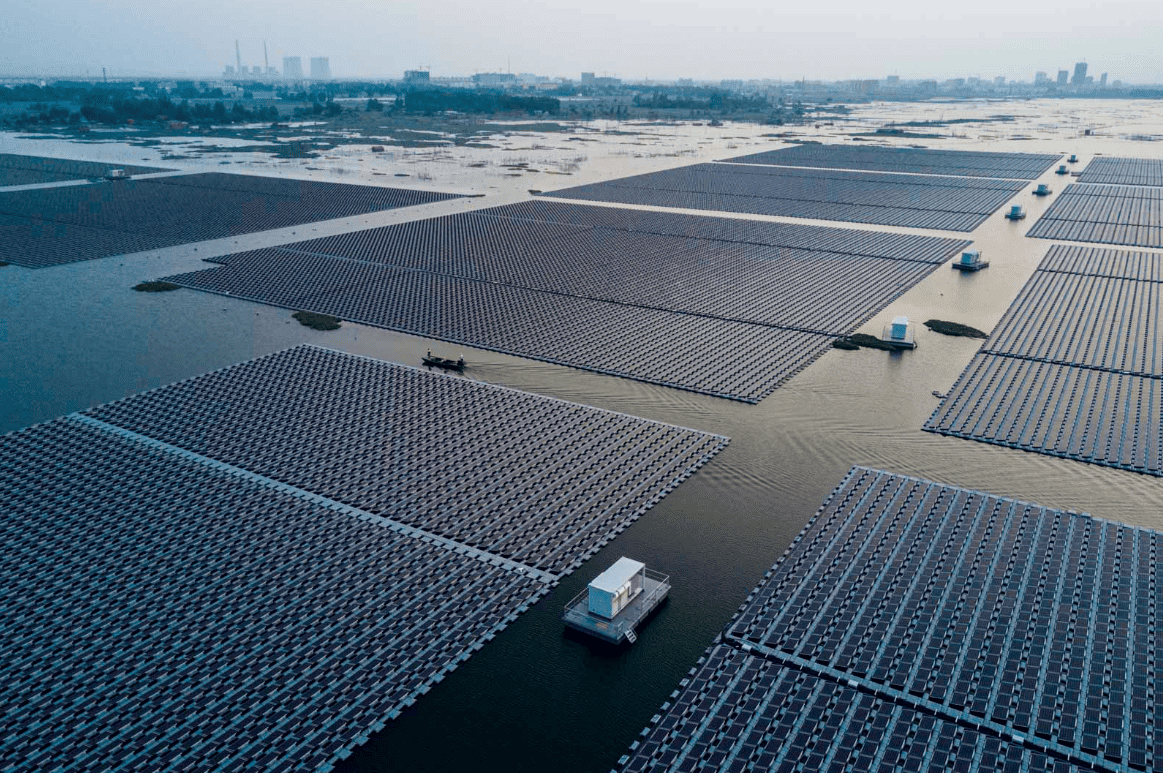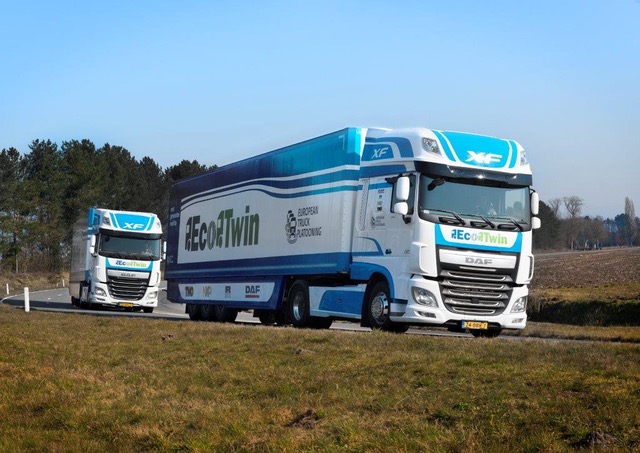
Despite a comparative lull in recent months due to corona, European highways are getting busier and busier. Truck platooning, whereby trucks follow each other at close proximity assisted by digital communication systems, can improve the flow of freight traffic. At the same time, this would increase the safety and comfort of drivers.
The idea behind truck platooning is that two to three trucks drive behind each other very closely, whether or not fully automated, or with a driver on board to take over the wheel if necessary. The vehicle in front keeps the other vehicles out of the wind – literally – and determines the collective speed. Cars number two and three then determine whether they should brake or accelerate to maintain the distance between them. Also when another vehicle approaches, when they should merge in or out, or drive up a hill. This eliminates the need for unnecessary and dangerous overtaking maneuvers and potentially makes traffic flow more seamless for everyone.
Zero traffic fatalities
Truck platooning, according to Elisah van Kempen, researcher in sustainable transport and logistics at the Netherlands Organisation for Applied Scientific Research (TNO), is part of a development that has been underway for some time. “Trucks are getting smarter. They are increasingly being equipped with automatic systems that fall under the collective name ADAS (Advanced Driver Assistance Systems). These are intended to support drivers. One of these systems that has already been made mandatory by the European Commission is AEBS (Advanced Emergency Braking System). This is an automatic emergency brake. Starting in 2022, other systems will also be made mandatory in new vehicles that then come on the market. For the EU, the motivation behind these regulations is to reduce the number of accidents. The aim is to achieve zero road fatalities by 2050.
Evolving insights: better traffic flow
The idea behind truck platooning in itself is not new; it dates back to 2016. Preliminary studies were already being conducted at TNO at that time. The main motivation then was fuel efficiency and the reduction of CO2 emissions in combination with the application of automatic systems. Because the trucks drive close behind each other, air resistance is lower than normal,” van Kempen explains.
“Simulations and trials on test tracks conducted under ideal conditions turned out to be a lot more optimistic than field tests. The most recent practical tests with Adaptive Cruise Control (ACC) show that four to six percent lower fuel costs can be achieved.”
Five years on, insights have evolved and nowadays the primary focus of research is on safer traffic flow on highways, Van Kempen adds. “ACC is a driver assistance system whereby the vehicle automatically keeps its distance with the help of radar technology. Meanwhile, we are also preparing for tests with the next generation of technology: Cooperative Adaptive Cruise Control (CACC). This involves trucks informing each other directly instead of ‘watching’ each other with cameras and radar. This enables them to communicate wirelessly with each other and coordinate their actions in real time.”

Safety first
Besides improving traffic flow, truck platooning is focusing more and more on safety. Van Kempen: “Everything revolves around the question: what is still safe? What is the relationship between a platoon and viaducts and bridges, which the Rijkswaterstaat (Dutch Directorate-General for Public Works and Water Management) also refers to as ‘engineering structures’? What does it mean, for instance, for the load on such a bridge if three of these trucks cross it in quick succession? How much distance do these vehicles have to keep between each other? How does this affect merging and exiting, and what that means for other traffic?”
Of course, in addition to the safety of the vehicles and the infrastructure, it is also about that of the driver. For example, according to Van Kempen, new vehicles are already equipped with AEBS (Automatic Emergency Braking System) to help the driver when they apply the brakes.
Last but not least, it is also a matter of the safety of fellow road users. How will they react to vehicles that drive so close together? Van Kempen: “That is still quite difficult to map out. Especially since we are still largely dependent on driving simulations. Because, in order to be able to carry out such tests in actual practice, you first have to go through the whole procedure with the RDW (Netherlands Vehicle Authority). Just like you have to do with every new vehicle. A risk analysis is part and parcel of that.”
Comfort
In addition to improving traffic flow and safety, truck platooning also plays an important role in terms of driver comfort. In a major study in 2019 and 2020, in which Van Kempen was involved, the real-world impact of ACC driving was measured for 15 weeks. “We looked at fuel consumption, what do drivers think about it and how it can be integrated into the logistics process.”
“This revealed that the drivers greatly appreciated the presence of this equipment on board. These drivers often get behind the wheel at the crack of dawn. And then it is really nice that part of the task of driving is performed automatically by the vehicle.”
Van Kempen still has to laugh when she thinks back to the reactions. “During the test phase, we asked the drivers to drive without ACC for two weeks. Suddenly I got a call from angry drivers: ‘Could they please turn the system back on?'”
Truck platoon matching: optimizing distribution
Truck platooning can also play a role in making shipping more sustainable and in the layout of the modern port. Van Kempen: “Take the port of Rotterdam as an example. Goods distribution requires the right logistical choices. After all, delays cost the sector a lot of time and money.”
In order to optimize the distribution of goods, TNO has conducted research into truck platoon matching: a kind of carpooling system in which carriers are linked together with the help of algorithms. For example, are you going to Charleroi, Brussels or Düsseldorf? The system then indicates which trucks with the same destination can be linked together. Van Kempen: “It would be a good thing if, in the long run, trucks could also link up en route.”
Cross-border problem
Congested freeways and the accompanying delays are in any event not just a typically Dutch problem, but also a European one. Van Kempen: “Truck traffic doesn’t stop at the border. This makes truck platooning a complex subject, all the more so because every EU member state has its own set of national rules and legislation. Within another European innovation project (AEROFLEX), the focus is on smart regulation for new and more sustainable vehicle concepts. However, there are still plenty of highly technical aspects to be explored before you can apply regulations to them.”
In addition to good communication systems that link all the data together, willingness of the parties involved is also needed in order for truck platooning to be a success. They have to ensure that all the different brands are compatible. Van Kempen: “The fact that no fewer than six major European truck manufacturers, from DAF to Daimler, are represented within the ENSEMBLE project is therefore really special. It says a lot about their motivation to work together on truck platooning technology for the sake of making freight traffic safer.”

